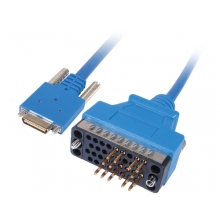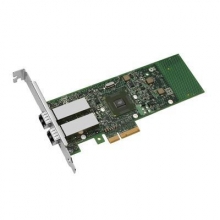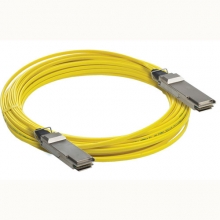- Optical Transceivers
- SFP+ Transceivers
- XENPAK Transceivers
- XFP Transceivers
- X2 Transceivers
- SFP Transceivers
- Compatible SFP
- 3Com SFP
- Alcatel-Lucent SFP
- Allied Telesis SFP
- Avaya SFP
- Brocade SFP
- Cisco SFP
- D-Link SFP
- Dell SFP
- Enterasys SFP
- Extreme SFP
- Force10 SFP
- Foundry SFP
- H3C SFP
- HP SFP
- Huawei SFP
- Intel SFP
- Juniper SFP
- Linksys SFP
- Marconi SFP
- McAfee SFP
- Netgear SFP
- Nortel SFP
- Planet SFP
- Q-logic SFP
- Redback SFP
- SMC SFP
- SUN SFP
- TRENDnet SFP
- ZYXEL SFP
- Other SFP
- FE SFP
- GE SFP
- OC3 SFP
- OC12 SFP
- OC48 SFP
- Copper SFP
- CWDM SFP
- DWDM SFP
- BIDI SFP
- Fiber Channel SFP
- Multi-Rate SFP
- SGMII SFP
- Compatible SFP
- GBIC Transceivers
- Passive Components
- Networking
- Cables
- Equipments
- Tools
- Special Offers


Bring it PON
France Telecom (FT) is spreading its bets when it comes to next-generation passive optical network (NG-PON) technologies.
The carrier's R&D division is participating in several collaborative research projects that aim to develop new ways of increasing the capacity and reach of optical access networks while lowering the overall cost.
Last year, it emerged that the French carrier is taking part in the European-funded project SARDANA, short for Scalable Advance Ring-based passive Dense Access Network Architecture, along with Tellabs (who made the announcement) and a consortium of universities and research institutes.
The project's main aim is to combine WDM-PON with remote amplification. This combination will push the reach of PON services out to 100 km (about 60 miles), thus allowing the metro and access networks to merge. Philippe Chanclou, who leads FT's involvement in this project, says that this will allow the carrier to save a huge amount of money, by eliminating 90% of the central offices in its access networks.
FT is also involved in a new project dubbed EPOD, which stands for Enhanced PON using OFDM (orthogonal frequency division multiplexing) — a technique that mixes lower-frequency signals in the electrical domain before transmission down the fibre.
Funded by the French National Research Agency (ANR), the EPOD project aims to increase the reach of PON systems to 100 km without using in-line amplification. The EPOD project started in February 2009 and will run for two years.
A well known technique in other communications systems, such as DSL and mobile networks, OFDM only recently became a topic of interest in the optical domain, where it has been proposed as way to achieve 100 Gbit/s long-haul transmission. However, OFDM's higher tolerance of chromatic dispersion could also be put to good use in the access network to achieve higher bit rates.
Another benefit of OFDM is that the optical signal has a narrow linewidth, says Naveena Genay, who leads FT's involvement in the project. Therefore, a 40 Gbit/s signal can be transmitted in a bandwidth of just 10 GHz, which allows lower-cost 10 Gbit/s components, such as WDM splitters, to be used in the network.
Fellow French firm 3S Photonics will supply the OFDM transmitter modules and receivers, which will be tested by Orange Labs on both TDM- and WDM-PON system architectures.
Direct modulation will be used to keep system costs down. Therefore, the lasers being developed by 3S Photonics must have high linearity while maintaining an output power of 10 dBm. "There is no such component existing on the market today," said Emmanuel Gerard, program leader for pumps and lasers at 3S Photonics.
FT's ultimate goal is to find a solution that will enable it to upgrade its installed base of GPON equipment to higher capacities simply by replacing the central office equipment.



















































